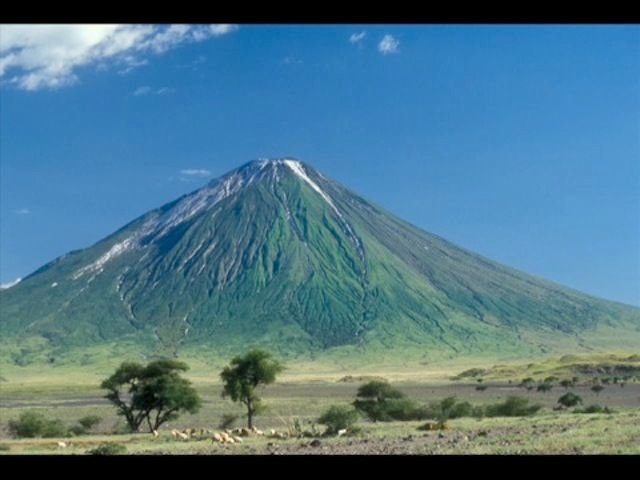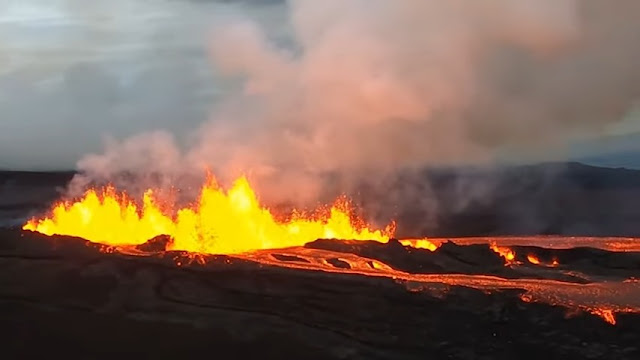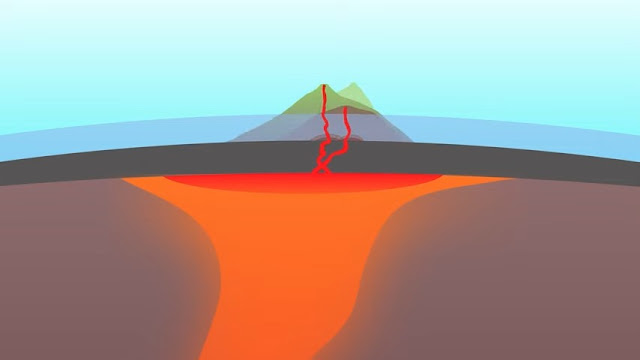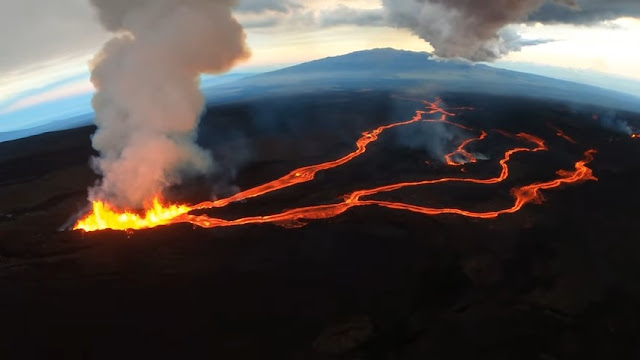Today we’re exploring the latest eruption on the big island of Hawaii. Our biggest fans might remember our coverage of the eastern rift zone eruption of Kilauea back in 2023. But this time it was Mauna Loa’s turn.
This time it was Mauna Loa’s turn. Native Hawaiians are no stranger to eruptions in the Hawaiian island chain. There is a deep-rooted spirituality linked to these volcanoes, and this latest eruption has many thinking that Pele is once again making her presence known The eruption started November 27, 2022 and was a significant one.
Volcanic activity is common in Hawaii, Mauna Loa alone has erupted 33 times since 1893, but the last time it erupted was back in 1984. Mauna Loa is the world’s largest sub aerial volcano in terms of mass and volume. And it’s pretty tall too, it rises 13,679 feet from sea level and a whopping 30,000 feet from the seafloor.
Far below the island of Hawaii the temperatures in the upper mantle are particularly hot. That’s because there’s an upwelling of hot material from the deep mantle that geoscientists appropriately call a “hot spot”. When this upwelling reaches the lower pressures closer to the surface, the mantle rock begins to melt and form magma. When the magma reaches the surface, it erupts as a lava. Great build ups of lava in the deep ocean sometimes rise above sea level and this is how the Hawaiian islands were created.
These islands form a chain with older, more eroded volcanoes farther away from the active volcanoes of the Big Island. This is because although the mantle hot spot is stationary the Pacific Plate that lies above it is not. Imagine holding a lighter underneath a piece of paper that’s moving above it. The burn marks from the lighter would create a line on the surface of the page. The big island of Hawaii lies above where the hotspot is now and is made up of 5 major volcanoes, named Kilauea, Mauna Loa, Mauna Kea, Hualalai, and Kohala.
Scientists were clued into the possibility of an eruption back in October when the rising magma caused a significant increase in small earthquakes underneath Mauna Loa. Mauna Loa’s 3 mile wide central caldera – Moku‘āweoweo - has two long rift zones emanating from it to the northeast and southwest. Often the eruptions are confined to this bowl-shaped area, but other times this lava emerges from one of the two rift zones.
This time the lava erupted through fissures, or cracks, of the northeast rift zone. Some volcanoes erupt explosively and are dangerous but this eruption, while spectacular, is relatively harmless. The eruption was vigorous but not explosive because the lava was runny and fairly fluid. This is due to the lava’s low silica content and high temperatures, which reach 1200 degrees Centigrade or 2000 degrees Fahrenheit.
The US Geological Survey states that Mauna Loa is no longer erupting. We don't know what the future has in store for us, but they don't expect Mauna Loa to erupt again anytime soon. Mauna Loa's eruption was a majestic and awe-inspiring event and is an incredible example of the natural power that lies just beneath the surface.




